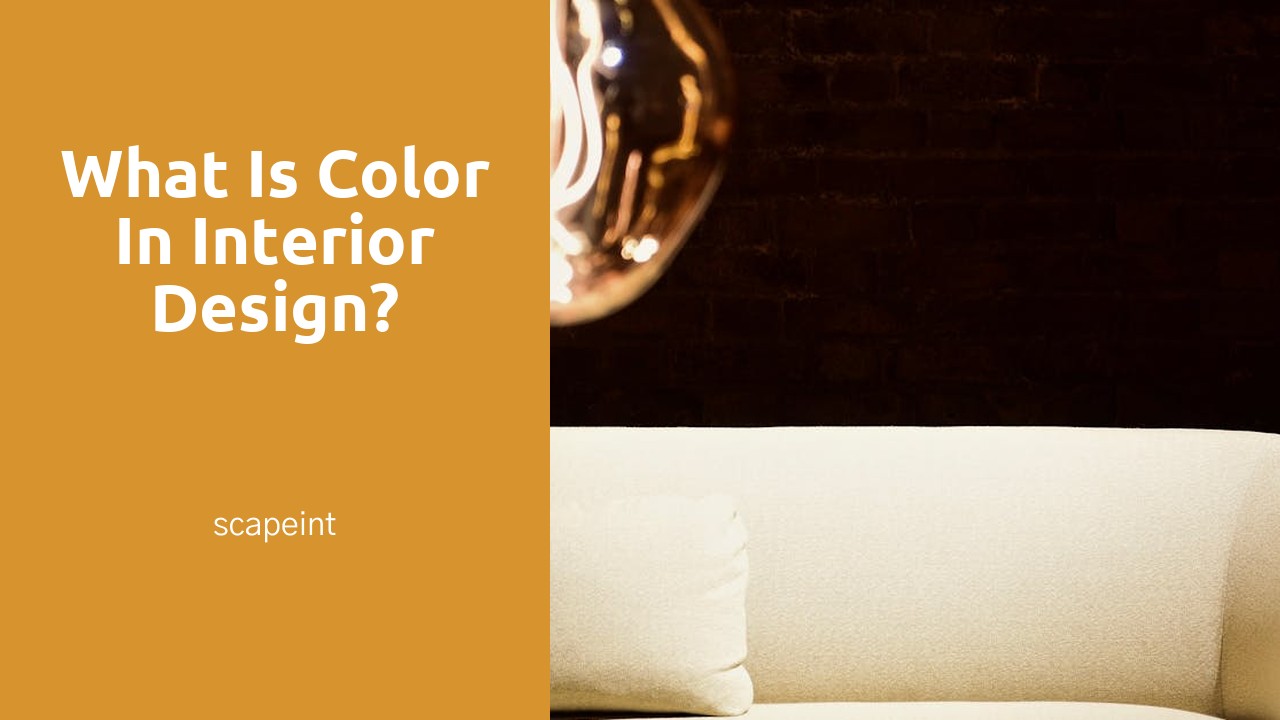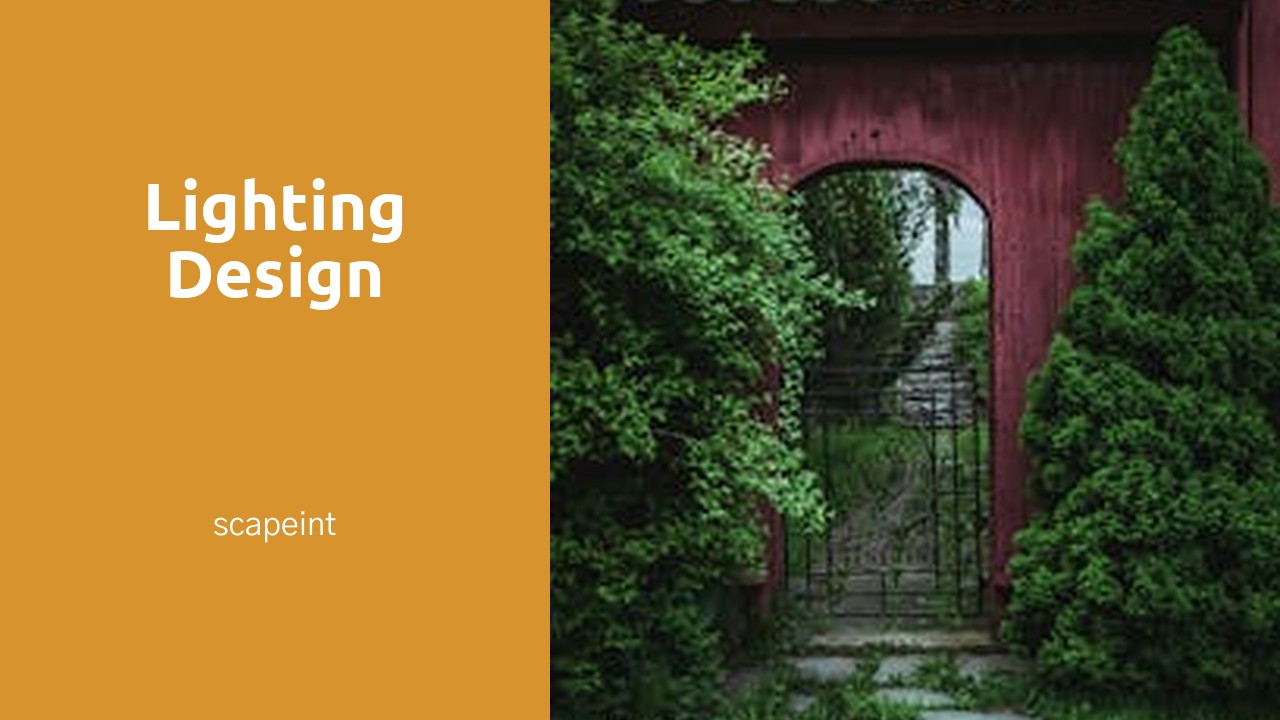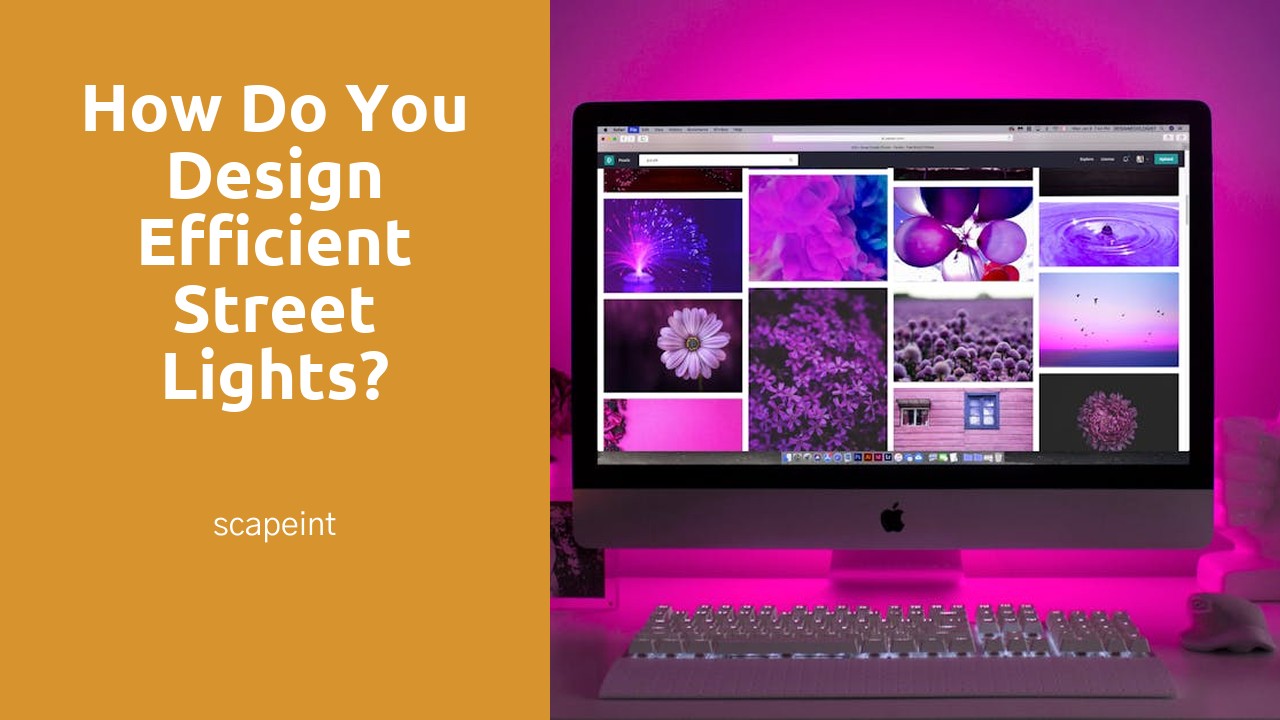
Table Of Contents
The Influence of Light on Colour Perception
Light plays a significant role in the perception of colour within interior design. The intensity and type of lighting in a space can vastly alter the way colours are perceived by the human eye. Lighting Design in Newton Robinson aims to bring this to the forefront by showcasing how different light sources impact the way colours appear within a room. Natural light, for example, has the ability to enhance the vibrancy of colours, making them appear more dynamic and inviting. Depending on the time of day and the orientation of windows, natural light can cast warm or cool tones on the walls, affecting the overall atmosphere of a space.
In contrast, artificial lighting can be manipulated to create specific moods and highlight certain colour schemes within a room. By strategically placing lamps, track lighting, or recessed lights, interior designers can draw attention to focal points or create a cozy ambiance. The colour temperature of artificial light sources, whether they emit warm or cool tones, can also influence the way colours are perceived. Understanding how natural and artificial lighting interact with colour is essential for achieving the desired aesthetic impact in interior design projects.
Maximizing Natural and Artificial Lighting to Enhance Colour Vibrancy
Lighting plays a crucial role in enhancing the vibrancy of colours in interior design. In Newton Robinson, an understanding of how natural and artificial lighting affects colour perception is essential for creating visually appealing spaces. Natural light can highlight the true shades of colours, making them appear more vibrant and dynamic. When designing a space, it is important to consider the orientation of windows and the intensity of natural light that enters the room throughout the day. This insight allows designers in Newton Robinson to strategically place colours that will be complemented and accentuated by the changing daylight.
Artificial lighting also significantly impacts the way colours are perceived in a room. By strategically placing different light sources such as overhead lights, lamps, or recessed lighting, designers in Newton Robinson can create a desired ambiance and highlight specific colours within a space. Warm lighting can enhance the richness of deep colours, while cool lighting can bring out the brightness of lighter hues. It is crucial to balance natural and artificial light sources to ensure that the chosen colours remain consistent and vibrant regardless of the time of day. Lighting design in Newton Robinson is a key element in achieving a harmonious and visually engaging colour palette in interior design.
Selecting the Right Paint Finishes for Different Rooms
Selecting the right paint finishes for different rooms plays a crucial role in determining the overall look and feel of the space. Matte finishes are perfect for areas that experience high traffic and may require frequent cleaning, such as hallways and kids' rooms. These finishes are durable and can help to conceal imperfections on the walls, making them a practical choice for busy areas. On the other hand, glossy finishes are ideal for spaces where you want to add a touch of luxury or drama, like formal dining rooms or accent walls. The reflective nature of glossy finishes can make colours appear more vibrant and can help to bounce light around the room, creating an illusion of spaciousness. Understanding the impact of different paint finishes is essential for achieving the desired atmosphere in each room. Lighting Design in Newton Robinson can further accentuate the chosen paint finish and bring out the full potential of the colour scheme in a space.
Understanding the Impact of Matte, Eggshell, and Glossy Finishes on Colour Depth
Matte, eggshell, and glossy finishes play a significant role in determining the visual impact and depth of colour within interior spaces. When selecting paint finishes for different rooms, it is crucial to consider the desired ambience and the amount of natural and artificial light present. Matte finishes are known for their ability to absorb light, creating a soft and understated look that can bring a sense of warmth to a room. On the other hand, eggshell finishes offer a subtle sheen that reflects light delicately, adding a touch of elegance to the walls. In contrast, glossy finishes are highly reflective, making them ideal for spaces where you want to enhance brightness and create a more vibrant atmosphere, as seen in Lighting Design in Newton Robinson.
Understanding the impact of matte, eggshell, and glossy finishes on colour depth is essential in achieving the desired mood and visual aesthetics within a room. Matte finishes are often preferred for spaces where a cozy and intimate ambiance is desired, as they provide a rich colour depth that can make a room feel more inviting and comfortable. Eggshell finishes, with their gentle sheen, are versatile choices that can add a subtle touch of sophistication to the walls while offering a bit more washability than matte paints. In contrast, glossy finishes are perfect for spaces where you want to maximize light reflection and create a sense of openness and energy, transforming the room's look and feel, as observed in Lighting Design in Newton Robinson.
Incorporating Colour through Furniture and Decor
When it comes to incorporating colour through furniture and decor, strategic placement is key in achieving a harmonious and visually appealing space. Choosing upholstery, artwork, and accessories that complement the existing colour palette can add depth and character to a room. In the quaint town of Newton Robinson, residents understand the importance of merging colour with furniture and decor. Lighting design in Newton Robinson plays a significant role in highlighting these elements and creating a cohesive aesthetic that reflects personal style.
Opting for furniture pieces with bold hues or unique patterns can serve as statement pieces, instantly elevating the overall look of a room. Additionally, selecting artwork that incorporates various shades from the colour scheme can tie everything together seamlessly. When paired with the right lighting design in Newton Robinson, these elements can transform a space from ordinary to extraordinary, showcasing the power of colour in interior design.
Choosing Upholstery, Artwork, and Accessories to Add Pops of Colour
When it comes to adding pops of colour through upholstery, artwork, and accessories in your space, consider the impact of each element on the overall ambiance. Bold and vibrant upholstery can instantly revitalize a room, injecting energy and character. Opt for accent chairs or throw pillows in contrasting hues to create a dynamic focal point. Play with patterns and textures to add depth and visual interest, ensuring a cohesive look that complements your existing colour palette. Integrate artwork strategically throughout your space, selecting pieces that resonate with your personal style and evoke emotion. Artwork can serve as a focal point, tying together different hues and textures within a room. Accessories such as rugs, curtains, and decorative objects offer an opportunity to experiment with colour in a more subtle yet impactful way. By incorporating a mix of textures and tones, you can elevate the visual appeal of your space while infusing it with personality and charm.
Lighting design in Newton Robinson plays a crucial role in enhancing the vibrancy and depth of colours in your interior scheme. Strategic placement of lighting fixtures can highlight key design elements and create a warm, inviting atmosphere. Consider the type of lighting fixtures used - from ambient to task lighting - to achieve the desired mood in each space. Natural light can accentuate colours beautifully, so maximize it by choosing window treatments that allow light to filter through. In rooms where natural light is limited, incorporate a variety of light sources such as floor lamps, table lamps, and overhead lighting to illuminate different corners and create a layered effect. By paying attention to lighting design in Newton Robinson, you can transform your space into a harmonious blend of colour, texture, and light.
FAQS
What is the significance of color in interior design?
Color plays a crucial role in setting the mood, creating atmosphere, and defining the overall aesthetic of a space in interior design.
How does lighting impact the perception of color in a room?
Lighting can significantly influence how colors appear in a room. Natural and artificial lighting can affect the vibrancy and hue of colors, making it essential to consider lighting when selecting color schemes.
What are some tips for maximizing the impact of natural and artificial lighting on colors in a room?
To enhance color vibrancy, maximize natural light by using light-colored walls and reflective surfaces. For artificial lighting, choose light bulbs with a color temperature that complements the desired color scheme.
How do different paint finishes affect the perception of color in different rooms?
Matte, eggshell, and glossy finishes can impact the way colors appear in a room. Matte finishes can absorb light, resulting in a softer color appearance, while glossy finishes reflect light, making colors appear more vibrant.
How can furniture and decor be used to incorporate color into a space?
Furniture, upholstery, artwork, and accessories can all be used to add pops of color to a room. By strategically selecting colorful decor pieces, you can infuse personality and visual interest into the space.






